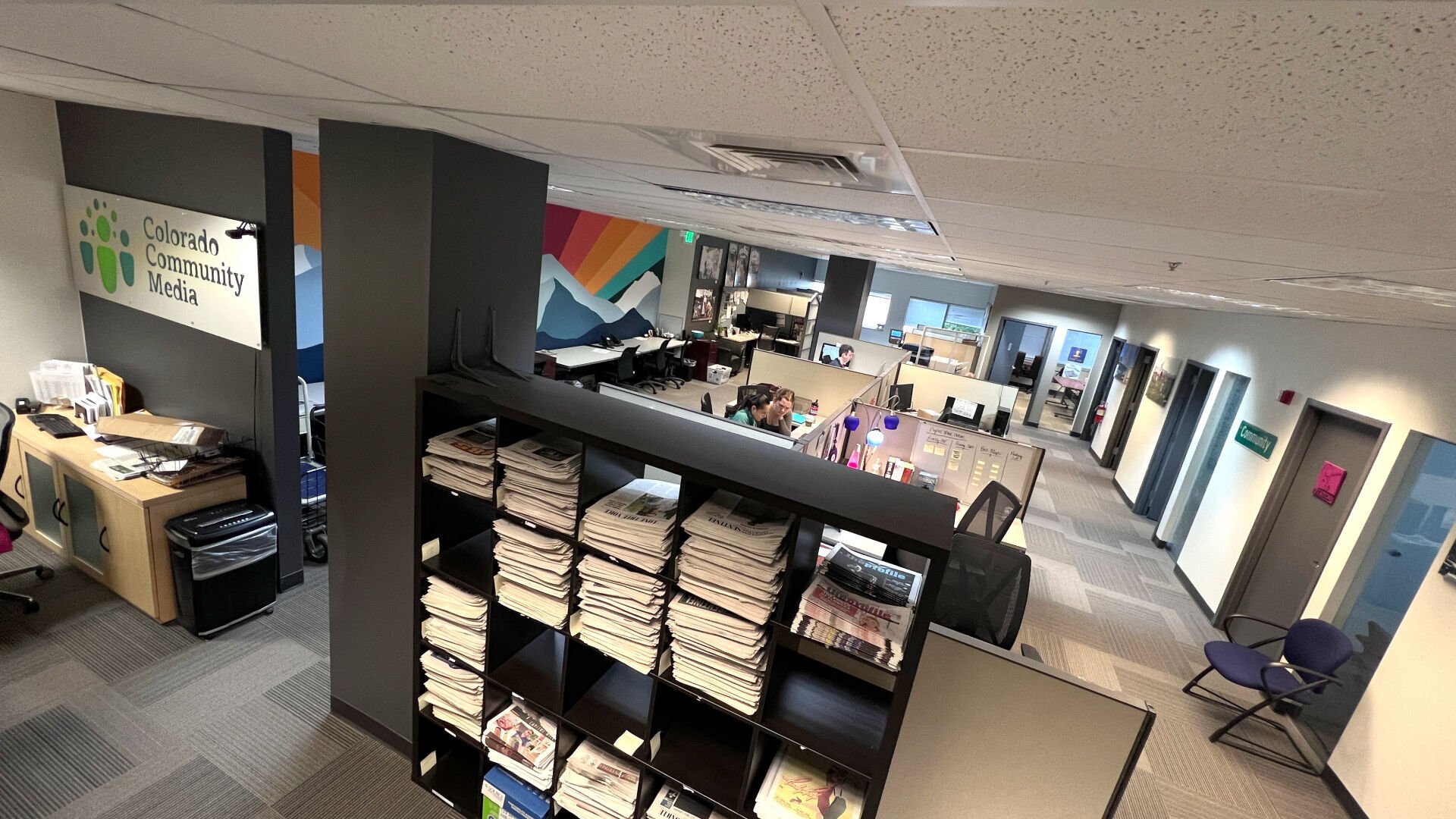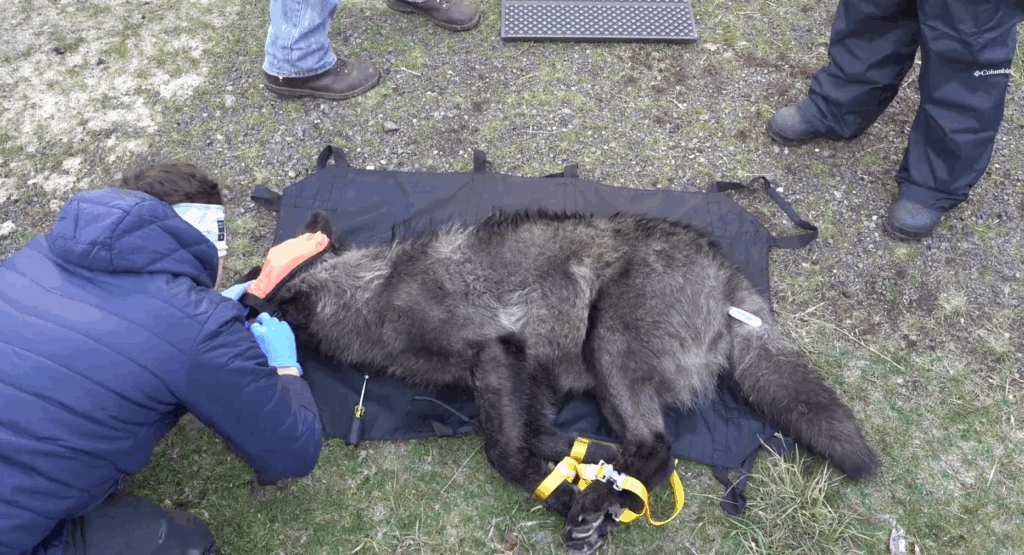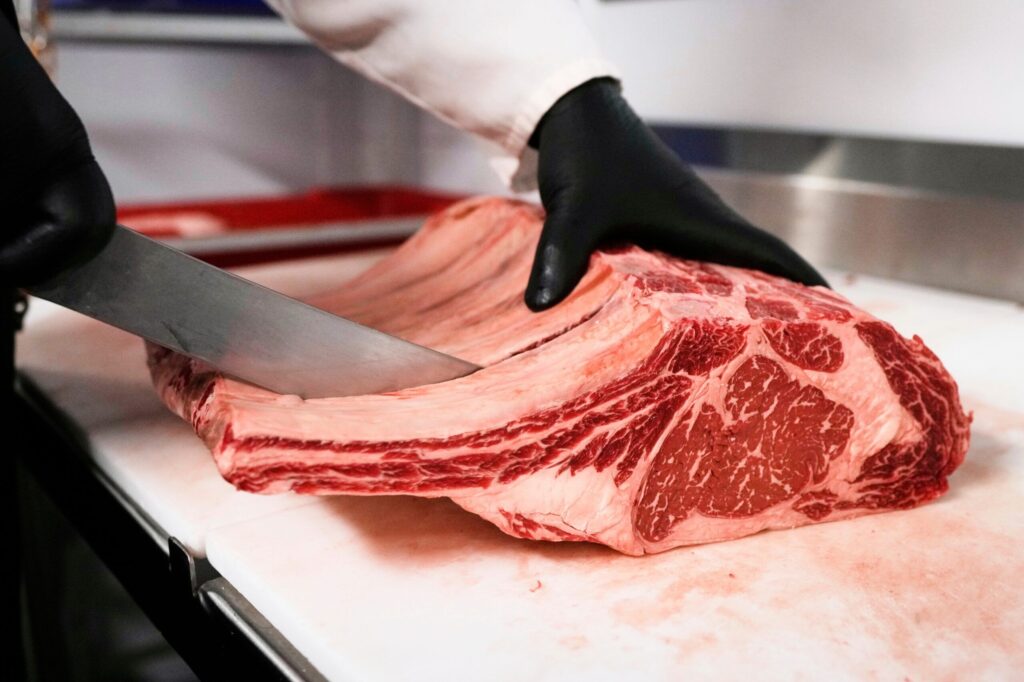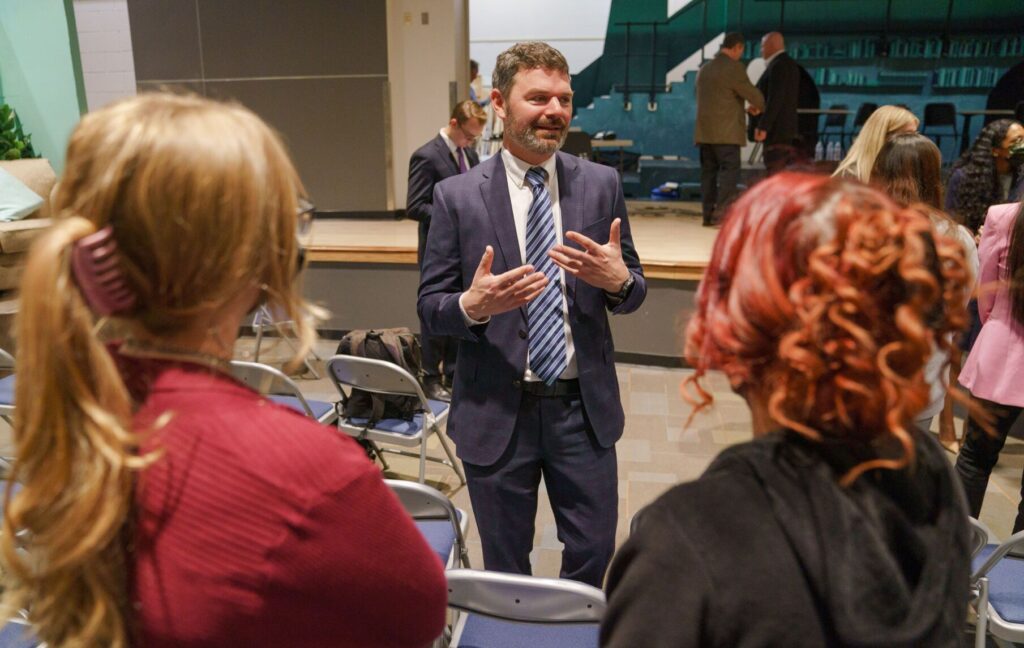Small papers across Colorado face uncertainty as Pueblo press closes

A wave of uncertainty swept through many small Colorado newspapers last week when Gannett Co. Inc. announced plans to shutter the printing presses in Pueblo.
But owners and publishers from many of the papers that rely on The Pueblo Chieftain’s presses say they want to keep delivering a printed product, even though options for those services along the Front Range are limited and prices may rise with the loss of competition.
“We are up for the challenge. I think we have demonstrated, the Colorado news ecosystem has demonstrated, time and time again we are here for our readers,” said Linda Shapley, publisher of Colorado Community Media. Shapley oversees 26 papers printed in Pueblo, including the JeffCo Transcript, the Littleton Independent and the Arvada Press.
All told, the Pueblo presses print 46 weekly papers, 10 monthly publications and big dailies including USA Today, Fort Collins Coloradoan, The Rocky Ford Gazette and Trinidad Chronicle News, a full list in the Pueblo Star Journal showed.
Shapley and others said they are weighing all their options for printing services following the closure of the Pueblo presses in mid-August. Some of those options include presses in Denver (where The Gazette is printed), Wyoming, Kansas and New Mexico.
“There is no option that is off the table. … I think I have thought of all of them between 10 p.m. and 3 a.m.,” said Shapley, noting that long-term viability is key.
Former news reporter and editor Carol Wood, now the business innovation director for Colorado News Collaborative (COLab), said Gannett’s announcement comes at a time when her organization had been working to find a solution for the state’s struggling newsrooms, amid rising print costs, dwindling readership and an epidemic of press closures.
The challenges to long-standing traditions of local journalism are now even bigger, and more urgent, she said.
“We’ve already heard of at least one publication that has said they are going to close,” Wood said. “For me, this is a core issue of democracy, because if we start to lose more hyper-local news organizations, then our communities and our citizens are not informed about the very basic workings of their government.”
COLab was founded three years ago as a consortium of 180 Colorado news outlets – print and digital, digital-only, radio and TV – aimed at enhancing shared reporting and partnerships at a time when newsroom resources were dwindling and, in some cases, drying up entirely across the state and nationwide.
When a press shuts down, many mastheads are at risk.
Colorado once was home to some 80 presses, most of which did contract printing for multiple regional outlets.
The number of presses in the state is now in the high 20s, Wood said.
“We’ve lost presses before, and these publishers have figured out workarounds,” Wood said.
Such workarounds are rarely cheap or convenient. They often require contracts with out-of-town presses and the adoption of new modes of operation that come with additional costs.
“The result of that is it is harder and harder for our publishers to get access to print times – to actually get on the press – and it is harder and harder to get the papers transported back to the location of the publisher,” Wood said. “Along with that, we have increased mailing costs for publishers who send their papers through the mail, the increasing cost of paper, fuel and maintaining trucks to move these papers around the region.”
Pricing attracted the numerous small papers to the Pueblo press, as costs have risen particularly around postal services, owners of several newspapers said.
Gannett decided to close the press while facing high capital costs to improve them and expects to move production of Pueblo’s daily paper to Denver, The Pueblo Chieftain reported. The company reported to the state, as part of the closure, that about 50 people will lose their jobs.
The Pueblo News Guild said in a statement the cuts are the latest round of layoffs that have cut the Chieftain’s newsroom from 30 journalists to five news reporters and one sports reporter. The guild noted that after the press closes, the Chieftain’s building will go up for sale.
The path forward for the numerous small papers that relied on Pueblo is largely unknown.
Betsy Barnett, owner of the Kiowa County Independent, learned about the closure of the presses from a friend and is now considering contracting with a press operator in Kansas to keep her publication in print.
“Most of my subscribers when they call … they want a hard copy,” she said.
While it’s been tough to keep up with the rising costs of printing and mailing, she is committed to the paper she started 14 years ago in the wake of the Kiowa County Press going online only.
However, she is worried other small papers will close down and that communities will lose their voice and the conversation that newspapers generate. She noted that local newspaper coverage drew attention to the high-profile case of former Kiowa County Sheriff’s Deputy Quinten Stump, accused of second-degree attempted murder in the death of Eads resident Zach Gifford.
At The New Falcon Herald, serving Peyton, Falcon and Black Forest, the challenges and rising costs to keep 5,000 papers going out monthly to newsstands are similar, said Michelle Barrette, who started the paper 20 years ago. The paper fills a niche, covering issues such as water and wind farms, in a rapidly growing area of El Paso County. As national stores have moved into the area, they aren’t interested in advertising with the small monthly, and so the paper relies on small businesses in the area, who still find value in advertising with the paper, she said.
“We are trying as hard as we can to keep it free,” she said. At the same time, she is considering contracting with out-of-state presses in Kansas and Wyoming.
Several Spanish-language newspapers, including La Prensa de Colorado, also relied on the Pueblo presses. Owner Mary Flores, who founded the Denver-based paper, said it will be tough to look for another press, but the older readers want a print paper.
“Our community is not ready to go 100% online,” said Flores, who runs the paper with her husband, Joel, and son, Emilio.
While several newspapers said they are working to improve their websites, going fully online often is not financially viable, which has been an ongoing national problem.
“Everybody is looking for that viable news revenue solution that meets communities where they are,” Shapley said.
With diverse communities such as Limon, Highlands Ranch, Brighton and Clear Creek all within Shapley’s company, the solutions are likely going to be different for each one, she said.
Many papers have been unable to find solutions, with 2,500 newspapers across the country closing since 2005, or a fourth of all papers, according to a 2022 report by the Medill School of Journalism at Northwestern University.
Wood said major players in state journalism, including COLab, Colorado Public Radio and the Colorado Media Project, already have mobilized, trying to figure out next steps to keep community journalism alive, and printing, in places affected by the Pueblo closure.
“We are in a countdown period. What we need to do in these 60 days is find a bridge solution for the 80 publications that contract print in Pueblo,” Wood said. “This has become, out of all the things I do to support news organizations in Colorado … right now, this is my No. 1 priority.”
Wood said that while the closure news from Gannett represents a heavy blow, she hopes it will lead to redoubled efforts to find a long-term fix.
“It will push us to find a solution to a problem we already were studying,” she said.
A long-term solution, however, likely runs deeper and broader than many may realize.
The “multifaceted effort” extends to quests for state and federal grant money, as well as the manufacturing and workforce sectors.
Keeping print alive means training skilled workers who can make sure that happens, beyond the newsroom.
“We have to look for folks who already are in the press industry – pressroom people who already know how to do this – who can bring up new people in the workforce,” Wood said. “We really need to look at the entire ecosystem of this part of the publishing industry.”
Such sea-change campaigns could see a push to establish modern press-person training programs in state trade schools, and update perceptions about the vital components of a functioning, thriving newsroom.
“Presses have become so computerized that, yes, a press person is important but not as key as they once were,” Wood said. “You don’t need as many press people as you used to. Now you need mechanics and electricians to keep these highly technological print towers running.
“We have to go that far down the line, because there’s not enough people to run these presses, and it’s not a trade that is growing right now,” Wood said.
Despite the move to digital existence in recent decades, print remains the main money-maker for most news outlets that began their life in that manner, and the format continues to appeal to an audience bred on old-school information delivery systems.
“I have had people say to me, just in the last week, ‘Why don’t these publications stop printing and just go all digital?'” Wood said. “That’s a legitimate question, but it’s typically asked by people who don’t understand the ins and outs of our industry.”
There’s still a “great deal of monetization” in print ads.
“And the ads in a print newspaper, at this point, for many of these publications, cannot be replicated in a digital-only site … so it’s not as simple a transition as a lot of people might think,” Wood said.
In late December, Fountain’s weekly paper, the El Paso County Advertiser and Fountain Valley News, was among the closures after revenue fell during the pandemic and never recovered.
The closure was mourned at the time by the staff, including Patricia St. Louis, the stepdaughter of the founder who started working at the paper when she was 18.
“Telling the stories of the community became the story of my own lifetime,” St. Louis said at the time.
In Pueblo, The Chieftain employees said in their formal statement they remained committed to the community, and that newspapers are vital to shine a light on governments, highlight community issues and lead calls to action.
But they also seemed to mourn.
“For a newspaper to be all those things, it needs to be taken seriously as a stalwart member of the community, not a gutted shell of what it once had been,” St. Louis said.
Editor’s note: Before taking her current role at Colorado Community Media, Linda Shapley was managing editor of Colorado Politics.















